My time here at the lake is winding down. If the weather holds, and it looks like it will, the helicopter will come and I will fly out tomorrow.
Out on the rig, the down-hole logging team is recording another hundred meters of the borehole, so many of us from the day shift stayed back in camp today. I spent some time in the core logging laboratory. Volker Wennerich, from Germany showed me some of the diatoms in the lake sediments.
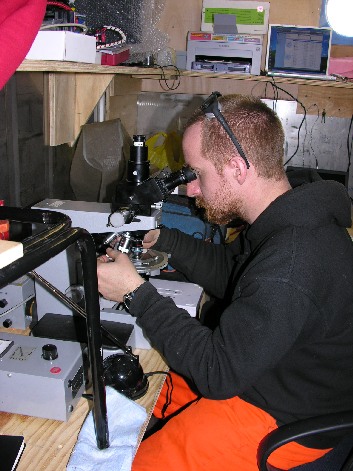
DiatomsDiatoms are one of the most common types of phytoplankton. Most diatoms are unicellular, although they can exist as colonies in the shape of filaments or ribbons. Diatom communities are a popular tool for monitoring environmental conditions, past and present, and are commonly used in studies of water quality. are microscopic animals with tests (hard shells) made of silica. The number and kind of diatoms in the sediment is a good indicator of the past climate history of the lake. In times when the lake was warm with more nutrients, there were more diatoms, in times when the lake was frozen year-around, there are fewer.
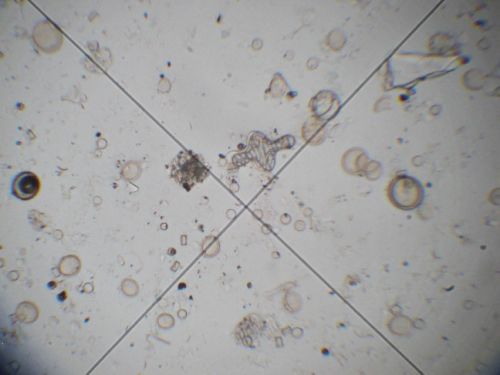
Five of us also went out on a hike this morning. I am continually amazed by the beauty of this place.
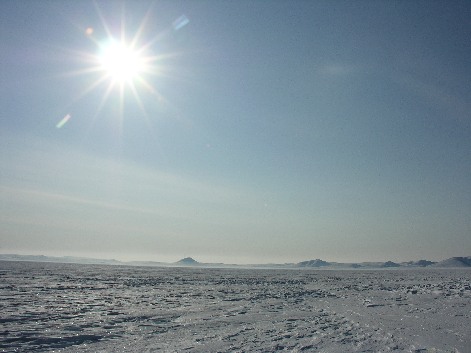
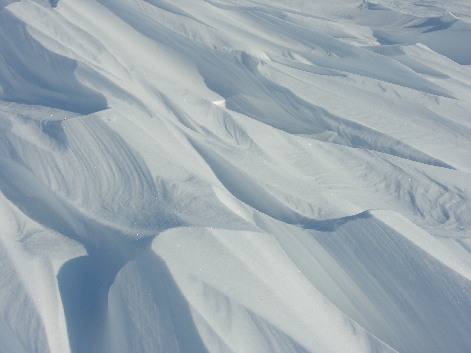
On our hike, we paused to collect several tundra plants. These plants will be used to compare the current environment with current lake sediments. This will be important for understanding the past climate and environment around the lake
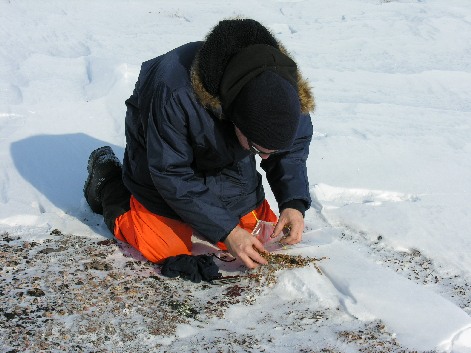
We continued on our hike pausing frequently to examine ice and snow sculptures.
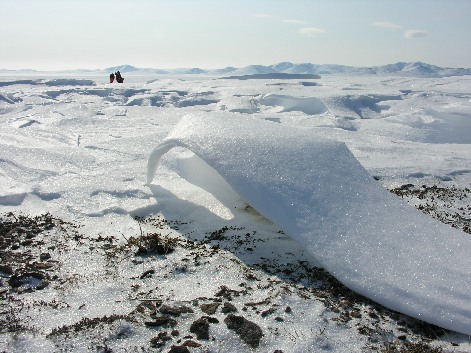
After finding several reindeer tracks, we were surprised to see this track just a few meters away!
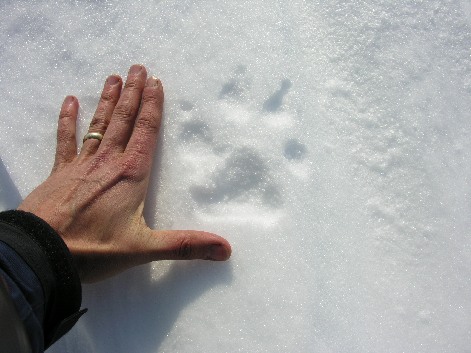
About the time someone spotted the wolf track, Julie thought she saw something moving over near the crater mountains. As we took turns looking through Julie's binoculars, we realized that a wolf was headed our direction!
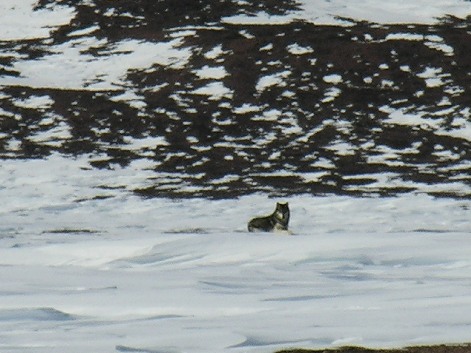
Although we were a group of five, we decided that since food is scarce in the region we best give the wolf plenty of room.
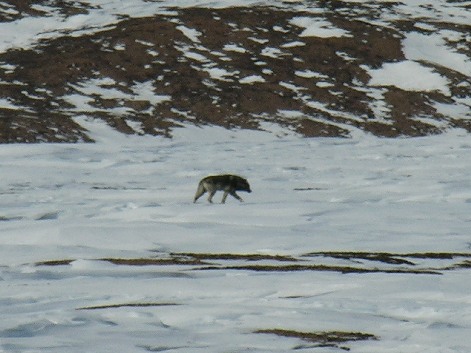
T-Mart... staying warm in Siberia


Comments